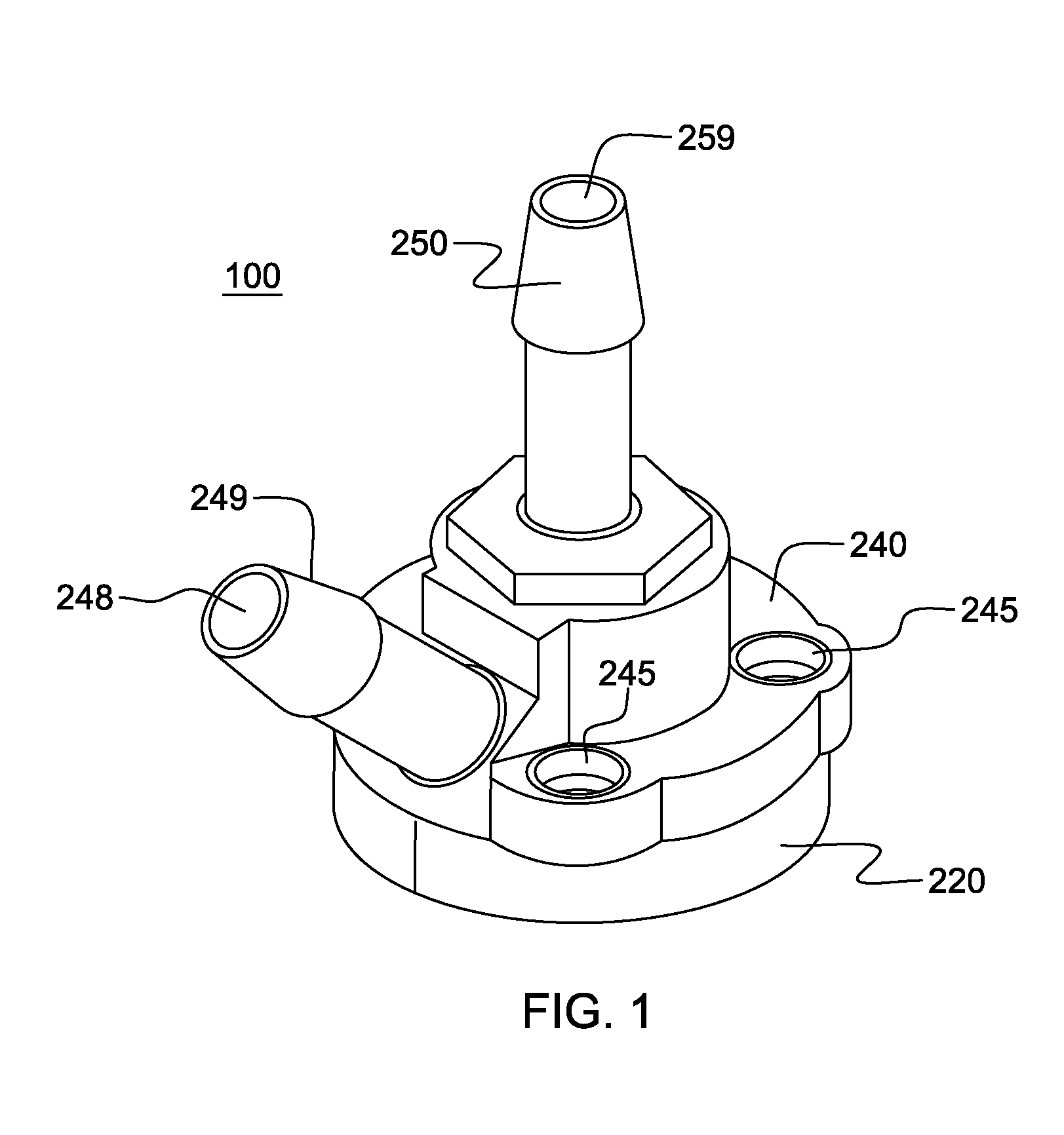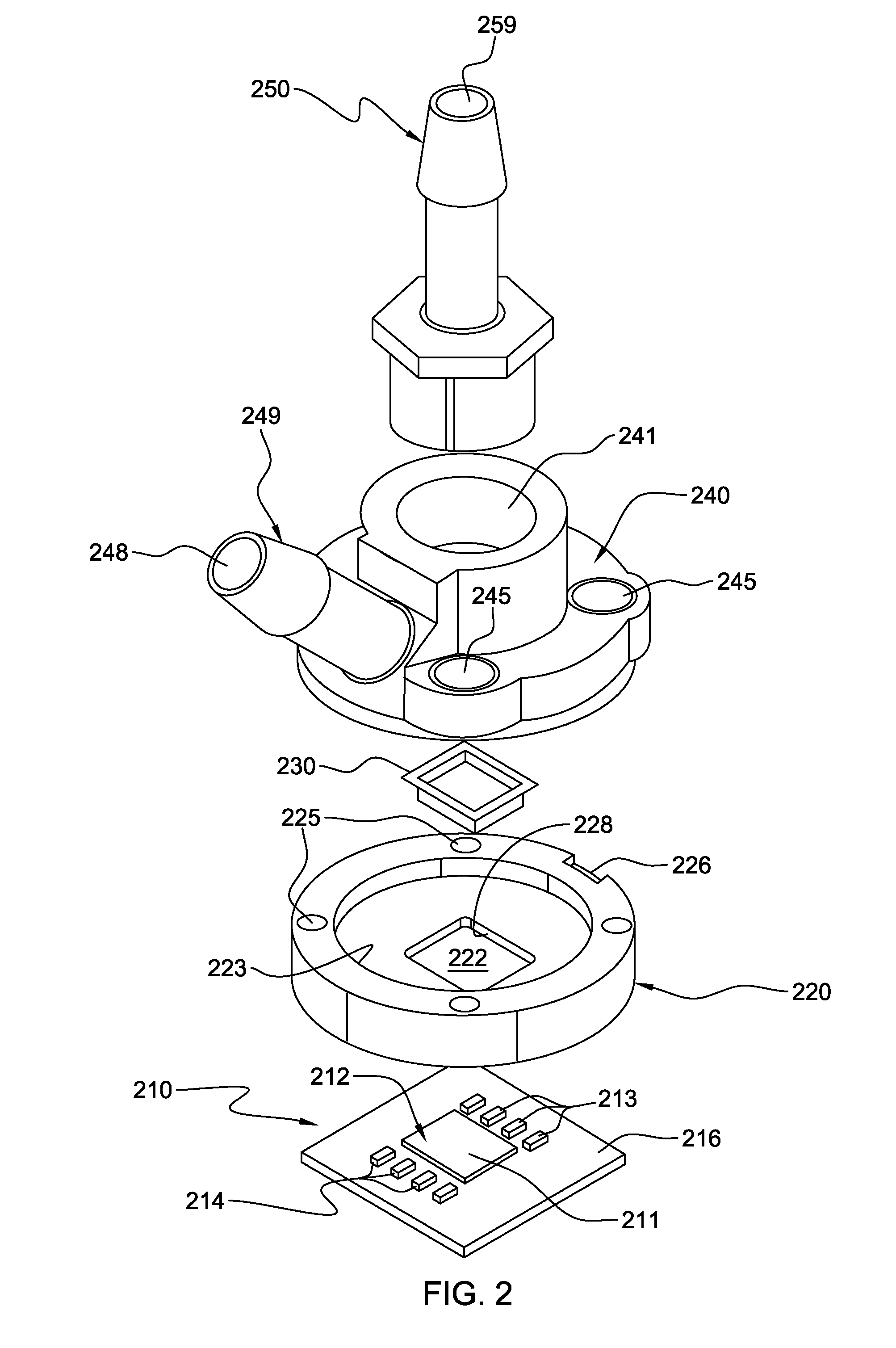Direct jet impingement-assisted thermosyphon cooling apparatus and method
a cooling apparatus and thermosyphon technology, applied in the field of heat transfer mechanisms, can solve the problems of increasing heat load and heat flux, affecting system performance, electronic and mechanical failures, etc., and achieve the effect of facilitating cooling of the respective surface and great cooling
- Summary
- Abstract
- Description
- Claims
- Application Information
AI Technical Summary
Benefits of technology
Problems solved by technology
Method used
Image
Examples
Embodiment Construction
[0023]As used herein, “electronic device” comprises any heat-generating electronic device of a computer system or other electronic system requiring cooling. In one example, the electronic device is or includes an integrated circuit chip, a semiconductor chip and / or any other electronic device requiring cooling. The term “cooled electronic module” includes any electronic module with direct or indirect cooling of an electronic device, with cooled single-chip modules and cooled multi-chip modules being examples of cooled electronic modules, as described herein. In one embodiment, the cooled electronic module disclosed herein employs (in one mode) direct coolant impingement on the surface to be cooled, and is referred to herein as a “direct impingement cooling module”. The “surface to be cooled” refers to a surface of the electronic device itself, or to an exposed surface of a thermal cap, thermal spreader, passivation layer, or other structure in contact with the electronic device, and...
PUM
 Login to View More
Login to View More Abstract
Description
Claims
Application Information
 Login to View More
Login to View More - R&D
- Intellectual Property
- Life Sciences
- Materials
- Tech Scout
- Unparalleled Data Quality
- Higher Quality Content
- 60% Fewer Hallucinations
Browse by: Latest US Patents, China's latest patents, Technical Efficacy Thesaurus, Application Domain, Technology Topic, Popular Technical Reports.
© 2025 PatSnap. All rights reserved.Legal|Privacy policy|Modern Slavery Act Transparency Statement|Sitemap|About US| Contact US: help@patsnap.com



